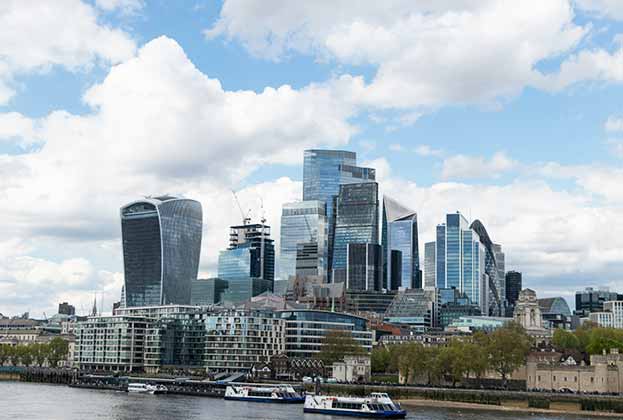South Korean investors have been significant players in the European market in recent years, with a notable spike in buying activity in London in 2018. As the investment world watches to see what happens next, it’s no surprise the announcement earlier this year of M&G’s acquisition of a $1billion office tower In Seoul generated notable interest. Is this the start of a new wave of global investment into the country?
Investment in South Korea by foreign institutions is not a new trend, however it’s become increasingly more publicised. For the year to August 2018 RCA figures estimate a total of US$2.8 billion was invested, compared with US$2.95 billion across the whole of 2017. These figures are consistent with recent years, with the exception of $4.75 billion in 2016 buoyed by the one-off transaction of the IFC complex in Seoul for US$2.5 billion. That being said, volumes only tell half the story; the number of transactions by foreign groups has risen consistently since 2012.
A large number of institutions have been long-term investors in Seoul historically; notably M&G from the UK and a number of Singaporean groups who have teams on the ground. Singaporean groups are by far the largest investors in South Korea, holding in excess of US$9 billion of assets based on acquisition value. Savills estimates there are at least 40 overseas investors with active requirements for South Korea that have yet to deploy.
So what is the relative attraction of the South Korean market?
Economy
The economy has been growing steadily at close to 3 per cent per annum with a stable exchange rate post the 2008 GFC, high credit rating and the ninth highest FOREX reserves globally. The country also has a competitive tech sector.
Market practice
Its property market offers freehold tenures with no restrictions on foreign investment. There are tax efficient investment holding structures and leases with built-in annual escalations offering accretive income. For first-time buyers the market is relatively uncomplicated as they can participate successfully in transparent bidding processes for best-in-class stock.
Cycle
We‘ve seen substantial upgrading of stock in recent years with new supply being bought up. Rents are increasing and reversionary yields offer a spread of mid 2 per cent – one of the higher spreads in Asia. What’s more, a competitive debt capital market among domestic lenders makes interest rate risk straightforward to underwrite.
The investible market size in Korea is growing as large conglomerates are liquidating their HQs and reducing the amount of real estate on their balance sheets. As the market has matured 2018 investment volumes are already at 80 per cent of last year’s total with room to grow relative to the economy and population. South Korea has a booming e-commerce sector based on world leading IT infrastructure, meaning there are opportunities for international players with expertise in the logistics sector. As a result there’s been a proliferation of overseas players in the sector, albeit with investment supply constraints. For core investors who have deployed in Australia, Singapore and Japan in recent years, South Korea offers further geographical diversification.
For now, a few of the leading global investors are yet to invest, however with the current attractive market conditions and increased outbound activity drawing attention to South Korea’s domestic market opportunities, it’s only a matter of time before they do.
Further information
Read more: South Korean investors likely to be more active in Europe in 2018





.jpg)

.jpg)


